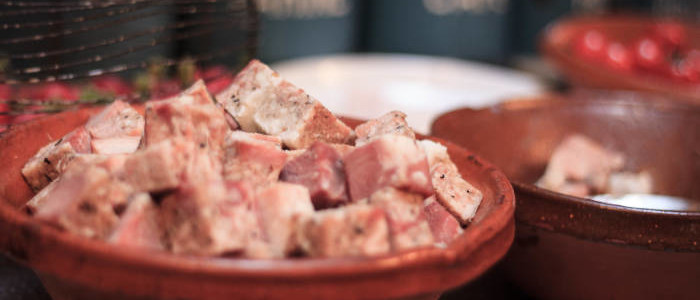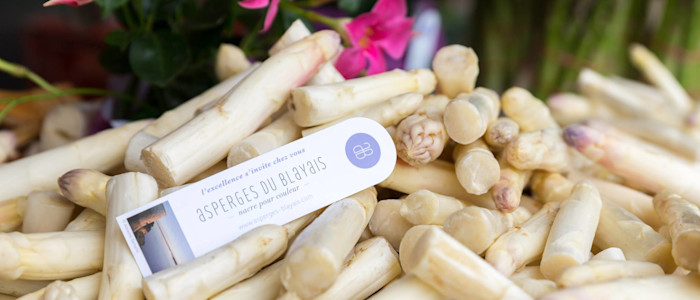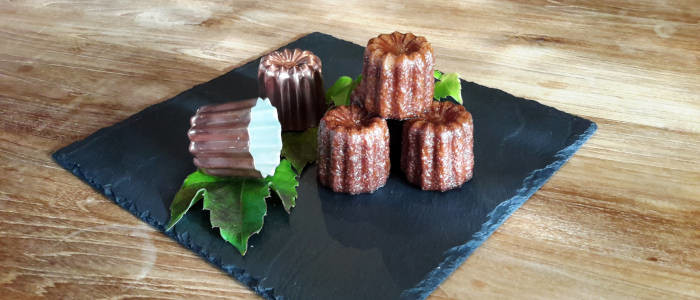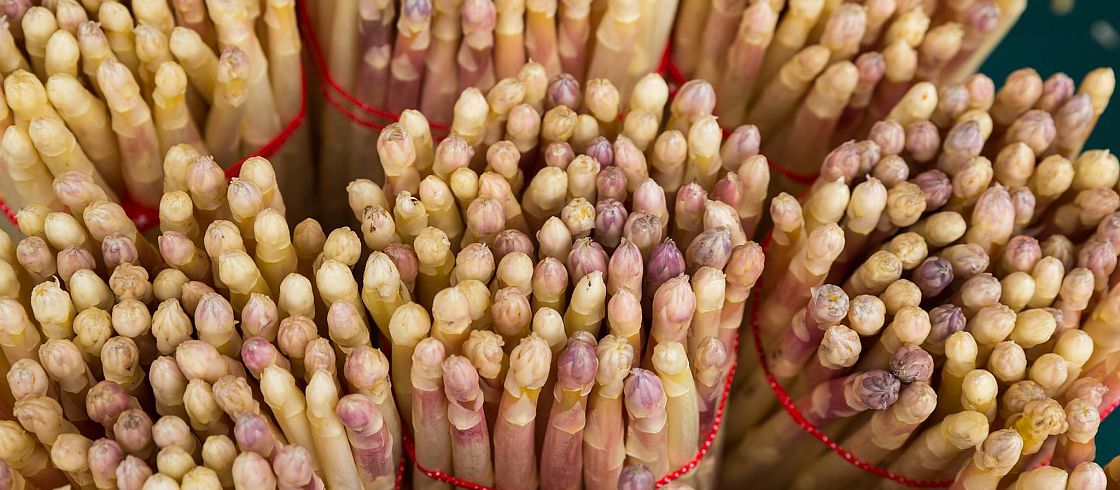An exceptional caviar
Located in Teich, south of Arcachon basin, the Esturgeonnière has produced one of the best Aquitainian caviars for 25 years. Called Perlita, it comes from the eggs of the Acipenser Baeri's, a Siberian sturgeon, which adapts itself well to French soil. Entirely produced in the Esturgeonnière site, this caviar boasts attractive grains with colors ranging from grey to light chestnut, with a particularly tasty and slightly salty flavor. Great restaurants and specialty food vendors sell it in France and abroad.
It's possible to visit the fish farm and request tastings by appointment.
The authentic macarons of Saint-Emilion
In 1620, the Ursulines settled in Saint-Emilion, as other numerous religious orders did. Legend has it that one of the sisters, known as Madamoiselle Boutin, had a recipe of macarons only made of fresh and particularly tasty products. She unveiled it to few insiders, who passed it from generation to generation. Today the factory and the shop of the "authentic macarons" of Saint-Emilion are located right next to the post office, perfumed with of almonds and seemingly still in the fifties. It's a trip your tastebuds will thank you for!
The authentic macarons of Saint-Emilion (French only)
Des grattons succulents

Drôle de nom pour ce pâté bien particulier ! Le gratton est une préparation très ancienne dont la petite ville de Lormont, située à proximité de Bordeaux sur la rive droite de la Garonne, revendique la paternité. Composé de jambon frais, d’épaule de porc épicée, le gratton est cuit longuement. Puis on gratte (d’où le nom) le fond de la marmite pour récupérer les morceaux de viande, moulés ensuite dans une terrine. Il se déguste bien frais, en entrée, ou peut se transformer en plat principal. On en trouve un peu partout dans les charcuteries bordelaises.
The Queen of Asparagus

If the Blaye region is well-known for its wines, its production of tasty asparagus is commonly ignored. White or purple, they are famous for their slightly sweet taste and must be eaten from tip to tail. In the Blaye region, asparagus growing dates back to the 15th century. Legend says that the Marquess of Vauban, the project owner of the Blaye citadel, introduced this vegetable to the court of Louis XIV to great glory. Produced in small family-owned farms near the estuary of the Garonne river, these darlings of the Blaye region are harvested from the end of February until the end of May.
Le canelé star

C’est le symbole de Bordeaux ! Les canelés sont liés à l’histoire viticole de la région car les blancs d’œufs étaient autrefois utilisés dans le processus de vinification. On raconte que les vignerons donnaient les jaunes à des bordelaises qui auraient inventé ce petit gâteau. Croustillant à l’extérieur et fondant à l’intérieur, le canelé a un délicieux parfum de vanille et semble être aromatisé au rhum (mais dans la vraie recette, il n’y a pas d’alcool). À Bordeaux et dans sa région, les canelés sont partout mais tous ne se valent pas. La pâtisserie Baillardran, qui possède 20 boutiques en Gironde dont 12 à Bordeaux, est une valeur sûre, qui décline joliment le canelé traditionnel avec des saveurs de vanille et de chocolat.
Find out more:
Plan your trip to Bordeaux





